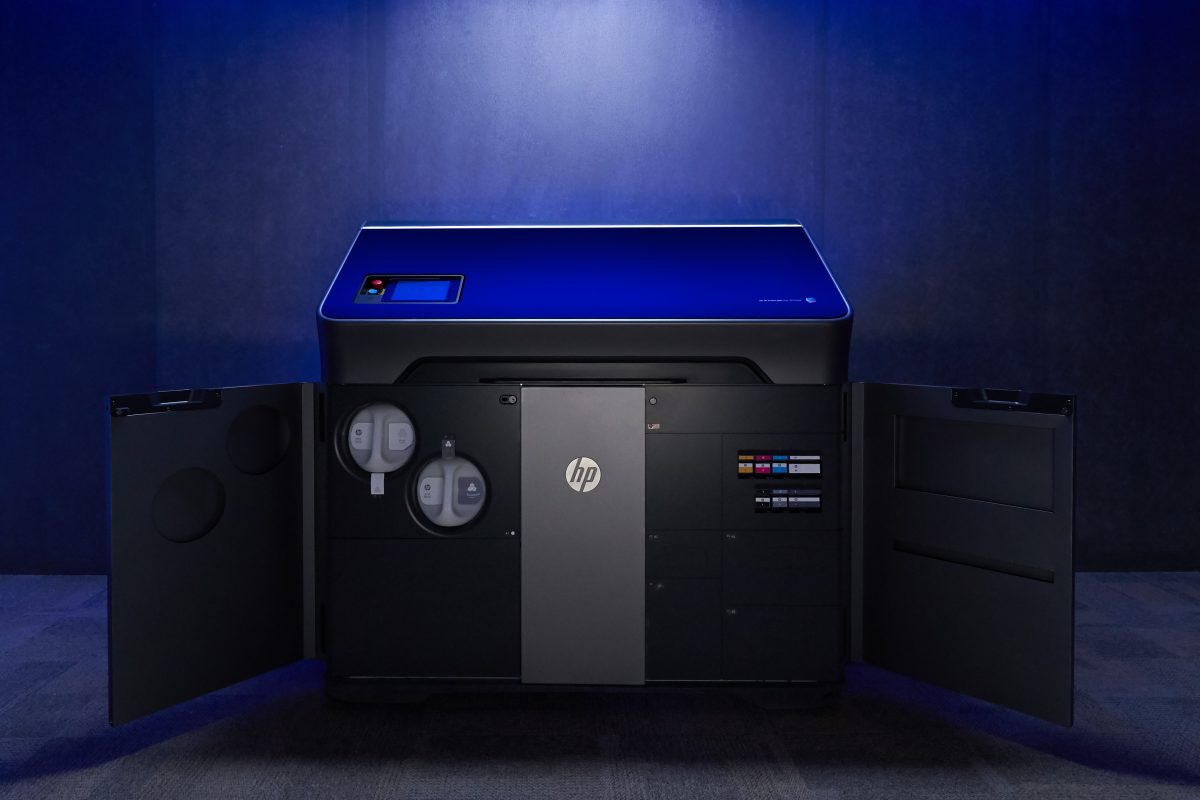eCommerce has been a mega trend in retailing for over 20 years. Business-to-business (B2B) companies however, were slower to adapt. By 2005 they were starting to invest in eCommerce, but their solutions were nowhere near as elegant as those offered by retailers and other business-to-consumer (B2C) companies. In part, this was because their needs were much more diverse. In many cases, a significant amount of custom programming needed to be done to meet their requirements. In the years since, enterprise resource planning (ERP) and other systems have become more elegant, allowing B2B companies to more easily sell online.
Current State of B2B eCommerce
Right now it’s estimated that the B2B eCommerce market is worth at least one trillion dollars. In fact, Forrester expects B2B eCommerce to grow at 8% per year over the next 3 years, reaching $1.13 trillion by 2020. Others like Deloitte, calculate the number much higher, forecasting that the global B2B eCommerce market could be worth as much as $2.77 trillion by then. They also note that utilization and growth have come from many different B2B markets, including manufacturing, professional and business services, and finance and insurance, among others.
The reasons for the growth are straightforward. First, for many B2B companies, eCommerce facilitates payment. Instead of having to invoice customers and manage collections, they get paid immediately, as soon as an order is placed. Further, eCommerce allows companies to acquire and service customers they couldn’t otherwise. In the Forrester research for example, 56% of executives surveyed said they have customers they can only profitably support online. Also, companies have found that their customers spend more and exhibit higher loyalty when offered an eCommerce option. For example, 60% of the Forrester respondents reported that their B2B buyers spent more overall when they had the ability interact with multiple channels. They also noted that omnichannel B2B customers were more likely to become repeat and long-term customers.
Why eCommerce is Critical for 3D Printing Companies
Aside from all the advantages listed above, eCommerce can benefit 3D printing companies in other specific ways. First, 3D printing differs from other products and services, in that business is less repetitive. Companies in this industry don’t work from a finite number of stock keeping units (SKU). They create new designs and want to produce them in small batches. This adds a significant amount of complexity to the order process. 3D printing companies need a lot of information to produce each order, while also ensuring that the design files they receive are in fact printable.
eCommerce helps reduce friction in two ways. First, requests for information are presented to clients in a user friendly way. Instead of asking a myriad of open ended questions like, “which material would you like?” eCommerce users can easily select from a drop-down list of options.
For example, consider Minnesota based ProtoLabs. The company’s sales grew by over $50 million alone in 2017 and nearly all of their $344.5 million in revenue came from eCommerce. The orders ProtoLabs receives can often include hundreds of manufacturing specifications. According to CEO, Victoria Holt, B2B e-commerce is all about the speed and ease of buying online. To enable that, they “began by digitizing the front-end.”
Further, eCommerce systems can include software that automatically inspect (and if necessary, fix) the files customers submit with their orders. For 3D printing service providers, this eliminates much of the time spent processing each order, especially with new customers.
In addition to removing friction on the customer’s end, eCommerce also helps 3D printing companies reduce cost. From quoting to file prep and order entry, labor costs add up. In a manual environment, expenses continue, throughout production. This is often referred to as “transaction cost.” Without automation, the cost to move an order through a facility can often reach $75 or more. With a highly automated workflow, those costs can be reduced to $15 or less.
Further, an investment in automation can also help improve the return on investment (ROI) of other initiatives. Marketing for example, should be a profit center – not a cost center. For every dollar invested, companies should get a return of two or more. It’s why the average B2B company spends 4% of revenue or more on marketing.
 But, like any other business process, marketing must be optimized. The ides is drive as many qualified prospects as possible into a purchasing funnel, convert them into paying customers and then get them to repeat their behavior. eCommerce makes it easier to automate progress through the funnel, from interest through purchase and beyond.
But, like any other business process, marketing must be optimized. The ides is drive as many qualified prospects as possible into a purchasing funnel, convert them into paying customers and then get them to repeat their behavior. eCommerce makes it easier to automate progress through the funnel, from interest through purchase and beyond.
As prospects enter, marketing content can be used to help educate, inform, and validate the solution offered by a 3D printing company. When eCommerce systems are connected to other applications like customer relationship management (CRM) software, much of this can be handled automatically. This compresses sales cycles, helping move prospects through the funnel more quickly. It’s also highly scalable, moving more prospects through without adding more front-end resources.
Finally, by combining eCommerce with other business processes, 3D printing companies can gain insights they wouldn’t otherwise. When quotes are automated for example, executives can more easily calculate their won/loss percentage. With this information, companies can make decisions about pricing, turn time and other variables. If they’re winning too many quotes they might consider raising prices. If they’re winning too few, they might consider revisions to their pricing or examining which capabilities are lacking.
As technology continues to improve, other emerging technologies like artificial intelligence (AI) might improve their ability to act on data-driven insights. For example, AI could help 3D printing companies analyze competitive market data, helping them dial their prices in even further. At first glance this might seem like a reason to avoid eCommerce. After all, if your pricing isn’t available online, it can’t be measured and tracked. But this is a myopic point of view. You either play offense or defense, and in business defense rarely wins. Those who quickly adopt and leverage technology typically win. Sticking your head in the sand is never a sensible strategy.
Implementing eCommerce is Easier Than Ever
In the past, implementing a B2B eCommerce solution was painful. Today it’s much easier. In part, technology has become more user friendly. But, B2B software providers have also become more focused, providing specific solutions for specific markets. DigiFabster has designed eCommerce software specifically for the 3D printing industry. It automates quoting and order entry by allowing managers to set prices and deploy a widget into any web page. Prospects who visit the page can enter their specifications, get pricing, and place an order. Behind the scenes, DigiFabster’s software automatically fixes issues that are common with 3D printable files. Together, these capabilities help reduce friction and reduce labor cost.
Like any other eCommerce platform, this helps clients drive incremental revenue. ZiggZagg for example, is a 3D printing service bureau located near Antwerp, Belgium. They implemented DigiFabster to help them automate quoting and order entry with the hopes of profitably attracting smaller jobs. ZiggZagg’s goal was to help fill gaps in the build areas of their machines, allowing them to operate more productively. In January of 2018 alone, DigiFabster’s eCommerce and digital workflow tools helped the company generate over $7,350 (USD) in new revenue, with an average order size of approximately $185. In terms of overall revenue, ZiggZagg is now billing over $50,000 monthly and is experiencing a 25% month-over-month growth rate.
But DigiFabster also takes it a step further by offering a built-in CRM solution that helps move prospects through the buying funnel. Once their data is captured the system can automatically follow up, educating potential customers and incentivizing them to act. DigiFabster also offers a comprehensive application programming interface (API) that allows it to connect to other software systems, including accounting packages and enterprise resource planning (ERP) solutions. This allows 3D printing companies to reduce their overall transaction cost, while also providing more comprehensive view of data that might not be visible in an isolated silo. Having a “big data” perspective can help companies glean insights they wouldn’t otherwise.
Want to see eCommerce for 3D printing in action?
We use DigiFabster’s software to offer HP 3D printing right here at Get3DSmart.
Check out our QUOTE PAGE
It’s simple. 1) Upload your model 2) Get a price 3) Place your order















